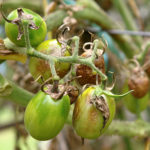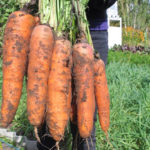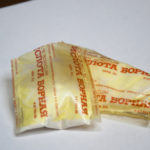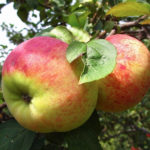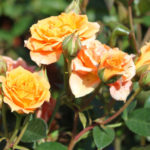Colorado spruce Belobok
For more than a century, thorny (Colorado) spruces have been a fertile material for breeders who develop new varieties and cultivars on their basis. Now let's talk about one of them, the title of which is in the title of the article.
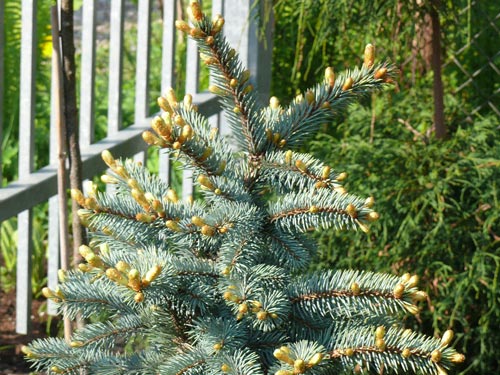
Exploring biography
Even looking at the Latin name of the variety (Picea pungens Bialobok), it becomes clear that it would be more correct to call it "Bialobok". The Polish gardener Jan Białobok from Lublin, who in the 1930s discovered an unusually mutated specimen of prickly spruce, would undoubtedly agree with this. Jan did not pass by, but saved and propagated the tree, which seemed to him promising for later use in green design. Further work on the development and retention of unusual varietal properties of spruce was carried out in the arboretum near Korniko.
Description of appearance
Thanks to what qualities did Pan Byalobok decide to keep the copy? The fact is that he had unusual young shoots: creamy yellow, almost straw. They retain this color for 5-6 weeks, and at this time the Belobok spruce looks like a beauty, with which few can compete in the “fir kingdom”. The spring combination of cream, yellow, bluish shades of needles creates an unsurpassed effect!
Interesting! In Russian-language literature, one can often come across a judgment that the name of the variety is associated precisely with such “white sides” of the spruce. As we already know, this is not true.
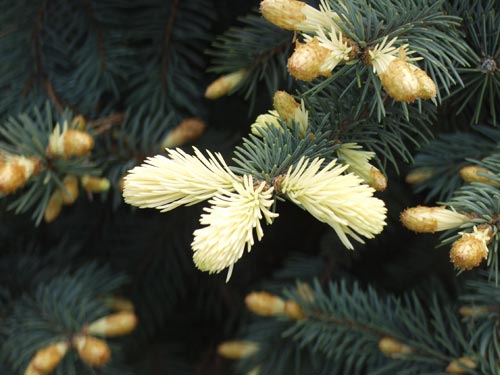
There is another false opinion about this species. It is often called a dwarf variety. Indeed, in the first decade, it develops slowly, growing during this time by only 1.5 - 2 meters. But unlike real dwarfs, this spruce continues to grow further. At the age of 30-40 years, it can reach a height of several meters. Agree, you can't call it dwarfism! We are dealing with a medium-sized spruce, the diameter of which at a respectable age can reach three meters.
The crown of the tree is usually cone-shaped, but asymmetrical, with a wide, like a flattened cone, is found. Shoots are short, thick, growing almost horizontally. The needles are tough, prickly, about 3 cm long, gradually acquiring a bluish-gray tint. Not every year, but cones appear on the branches: brownish male and almost red female. With age, they darken, turn brown, like all other firs.
Features of agricultural technology
Spruce Belobok is a strong, unpretentious plant. Loves sunlight, it is in such areas that the spring growth is especially bright. But it can grow in partial shade, losing some of its charm.
It copes well with air pollution in urban environments. Prefers slightly acidic, well-drained soils, reacts negatively to excess organic matter and mineral fertilizers.
It tolerates pruning well and sometimes needs it, especially if the crown begins to lose symmetry. It does not tolerate salinization of soils, stagnation of water near the roots, excessive compaction of the earth, so the trunk circle should be periodically loosened and mulched.
Winter hardiness is high; in the middle lane, it does not need shelter. It is not susceptible to common diseases and pests, especially with proper care.
Use in landscape design
Due to its long-term branching ability, Belobok looks good in open places and garden glades. Suitable for planting in parks, gardens, goes well with other plants in garden compositions. In the first decade of life, it is also used as a container plant, which is easy to transfer from place to place.
These spruces can make a beautiful hedge, they will decorate a rockery, the backyard of the site, they are picturesquely combined with a green lawn, especially in the spring.
